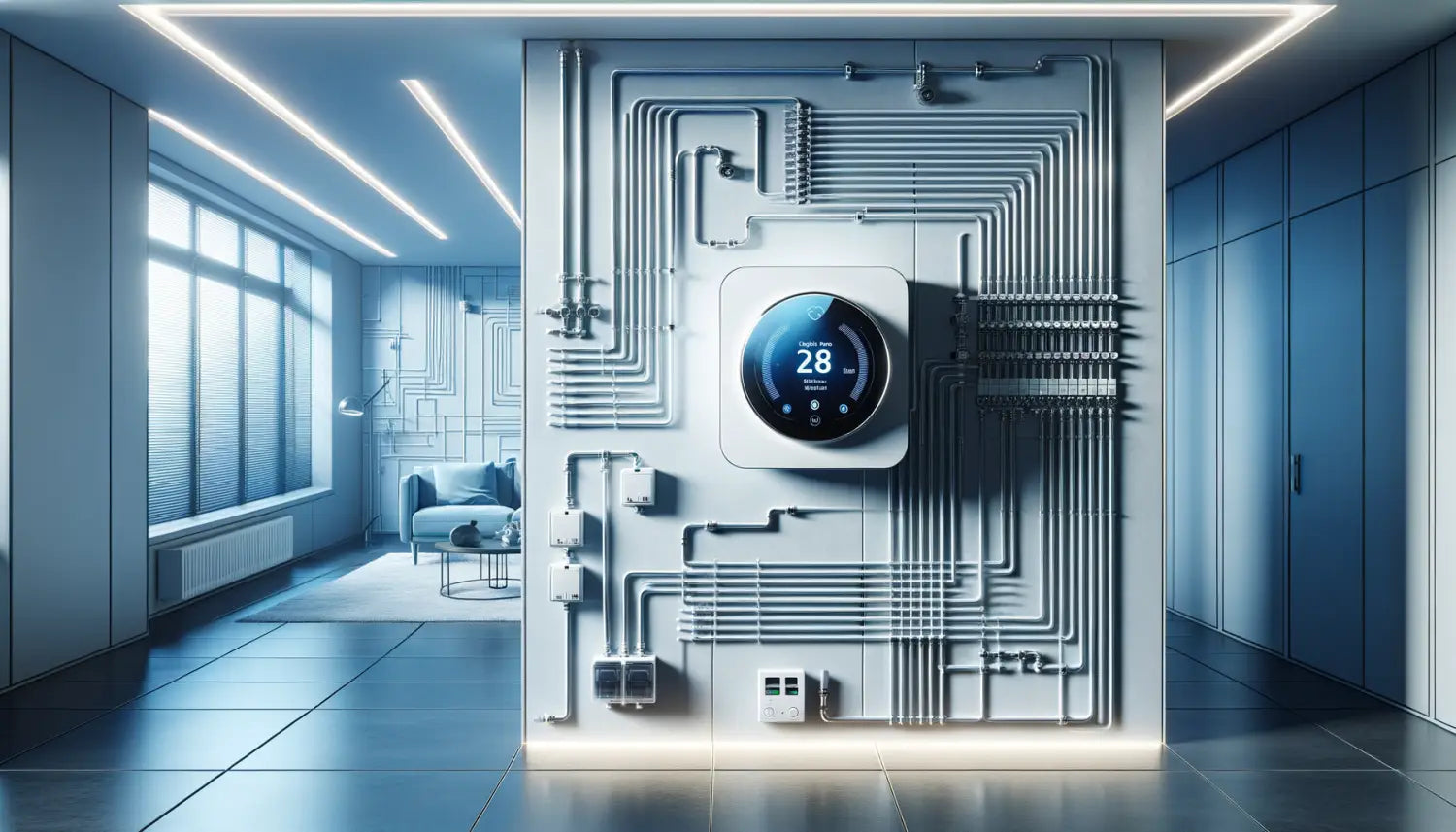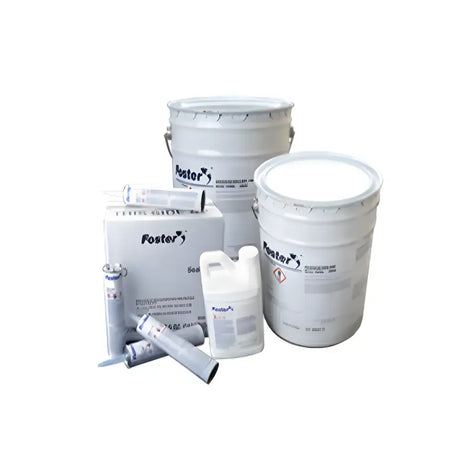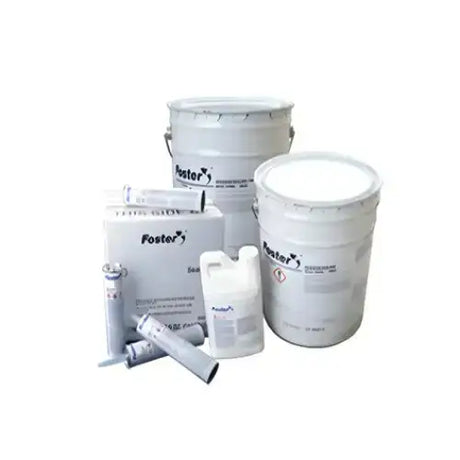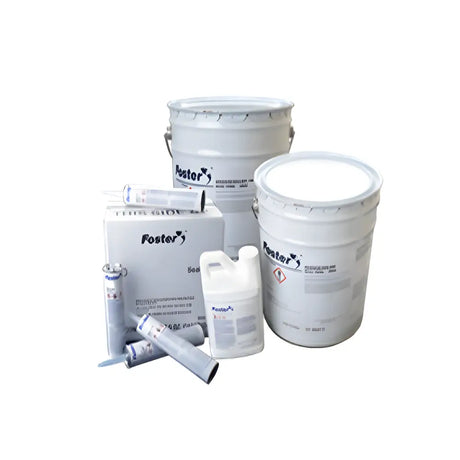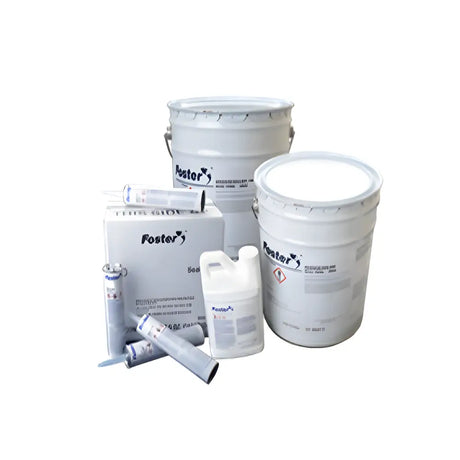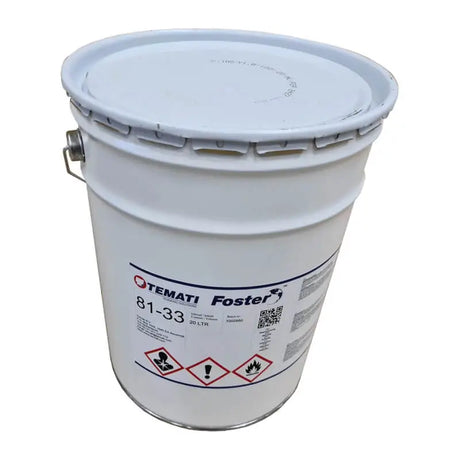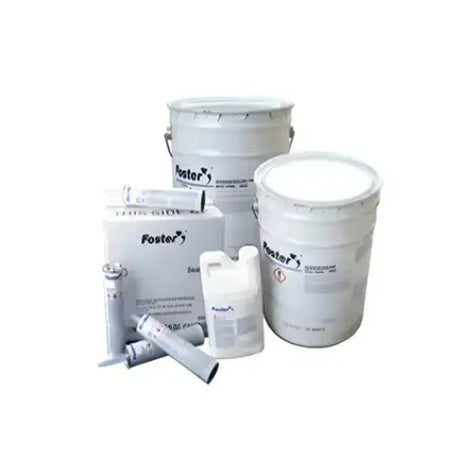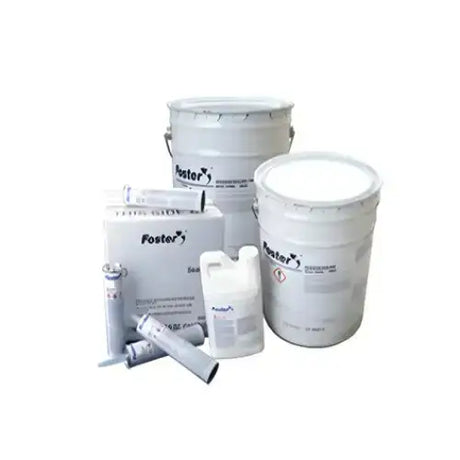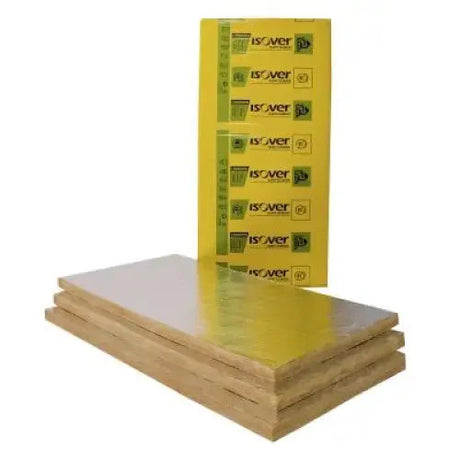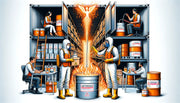Trace heating, also known as heat tracing or electric surface heating, is a process of maintaining or raising the temperature of pipes and vessels using heating elements. It's a critical component for various industrial and residential applications where specific temperature conditions are required. One essential aspect of trace heating is zone heating, which is the ability to target specific sections for temperature control. This is especially useful in extensive systems where different areas have different temperature requirements.
Electric trace heating basics are crucial to understanding the fundamentals of zone heating solutions. Trace heating systems come in different types, each designed to suit specific needs and conditions. They are often divided into self-regulating trace heating, constant wattage heating systems, skin effect heat tracing, mineral insulated trace heating, and polymer insulated systems. Each type offers unique advantages, such as the ability to control heating output based on ambient conditions or providing a constant heat output, regardless of the temperature.
Zone heating solutions can streamline efficiency, reduce energy consumption, and ensure that different areas within a system are optimally heated. Be it freeze protection or maintaining the required fluidity of materials in pipes; zone heating plays a vital role. Moreover, diverse industries from refrigeration to hazardous areas use different forms of trace heating to achieve their operational goals.
Key Components of a Zone Heating System
Heating Cables: Types and Uses
Heating cables are a vital component of a trace heating system. They are responsible for providing the actual heat that maintains or raises the temperature of pipes and vessels. Heating cables come in various forms, including:
- Self-regulating heating cables - They automatically adjust their power output to compensate for temperature changes.
- Constant wattage heating cables - Provide a consistent heat output, making them suitable for specific applications that require steady temperatures.
- Mineral insulated heating cables - Highly durable and efficient, capable of reaching very high temperatures.
- Polymer insulated heating cables - Known for their flexibility and are often used in less demanding environments.
Each cable type has its specific application scenarios and is chosen based on the environmental conditions, required temperatures, and the need for flexibility or durability.
Thermostats: Functionality and Importance
The thermostat is the control centre of any zone heating system. It regulates the temperature by switching the heating on and off, maintaining a set level. In trace heating, advanced thermostat solutions play an essential role in managing multiple zones efficiently. Some thermostats also offer the ability to program different temperature settings for various times of the day or other conditions.
Insulation Materials
Insulation is critical in trace heating as it ensures that the heat generated by the cables does not dissipate quickly into the surrounding environment. Adequate insulation improves the efficiency of the heating system by directing the heat precisely where it is needed. Insulation materials must be chosen based on their thermal properties, compatibility with the heating cables, and the environmental conditions they will be exposed to.
Monitoring and Control Systems
Modern zone heating solutions often come with sophisticated digital trace heating controls that allow for rigorous monitoring and management of the system. They ensure that each zone is heated according to its specific requirements and can alert users to any malfunctions or efficiency issues. Interface with Building Management Systems (BMS) or other automation systems for seamless operation.
Designing a Zone Heating Solution
A well-designed zone heating system should meet the specific needs of the application it's intended for. Assessing the heating requirements involves understanding the ambient conditions, the materials to be heated, the desired temperature range, and any special conditions, such as the presence of hazardous areas. The right combination of heating cables, thermostats, insulation, and control systems can all contribute to a highly functioning zone heating solution.
Assessing Your Heating Needs
Before installing a system, a thorough assessment of the operational environment and the heating needs is paramount. You'll need to consider the following factors:
- Ambient temperature range
- Pipe or vessel materials
- Chemicals or other materials being transported within pipes
- Specific requirements for different zones
Proper assessment will determine which type of heating cable and control system would best suit the application.
Choosing the Right Components
After assessing the needs, selecting the right components entails matching specifications with requirements. Some environments may benefit from self-regulating cables due to their versatility, while others might prefer the simplicity and robustness of constant wattage cables. Similarly, the choice of thermostat and insulation should align with the operational challenges and desired outcomes.
Layout and Installation Considerations
Designing the layout for a trace heating system is a complex process and must take into account both the physical environment and the heating requirements. Installation considerations involve:
- Routing of heating cables
- Placement of sensors and thermostats
- Insulation and protective coverings
- Compliance with safety standards and regulations
A well-planned layout ensures efficient heating and prolongs the life of the system.
Safety and Compliance Standards
Safety is a significant concern when dealing with electrical systems. Trace heating installations in hazardous areas require careful attention to appropriate standards and regulations to prevent any risks associated with flammable gases or liquids. Adhering to safety guidelines and compliance standards not only ensures the safety of the installation but also its long-term reliability and efficiency.
Maintenance and Troubleshooting
Regular maintenance of a trace heating system is critical to ensure it operates efficiently and safely over its entire lifespan. Implementing a streamlined maintenance routine can help avoid unexpected failures and prolong the efficiency of the zone heating system.
Regular Maintenance: Best Practices
A maintenance schedule should be created that includes regular inspections and tests of all components. Best practices for maintaining a trace heating system include:
- Inspect heating cables for signs of damage or wear.
- Test thermostat accuracy and responsiveness.
- Verify insulation integrity to prevent heat loss.
- Examine control systems for proper function and calibration.
Troubleshooting Common Issues
Even with diligent maintenance, issues can arise with any mechanical system. Some common problems with trace heating systems can include:
- Inefficient heating due to damaged cables or poor insulation.
- Thermostat failure leading to over or under-heating.
- Control system errors causing incorrect heating zones to activate.
Being able to quickly identify and rectify these issues is essential to maintain consistent operation.
When to Call a Professional
While some maintenance and troubleshooting can be performed by a trained in-house team, certain situations require professional intervention. These include:
- Complex system errors that are beyond the scope of in-house expertise.
- Installation of new components or upgrading existing systems.
- Ensuring compliance with the latest safety and industry standards.
Whenever these situations arise, it is advised to consult with a professional who specializes in trace heating solutions.
Benefiting from Efficient Zone Heating Solutions
Investing in a well-maintained and efficiently operated trace heating system can result in significant benefits for any establishment requiring temperature maintenance. Zone heating solutions, in particular, offer targeted temperature control that increases system efficacy and can lead to substantial cost savings. As technology advances, the level of control and efficiency possible through trace heating will continue to improve, becoming an even more valuable asset for industries reliant on temperature regulation.
Following proper design principles, installation guidelines, maintenance routines, and troubleshooting practices can ensure your trace heating system remains reliable and effective throughout its operational life. With the right approach, businesses will find that their investment in a trace heating system offers excellent returns, achieving their temperature maintenance goals with optimal energy use.

